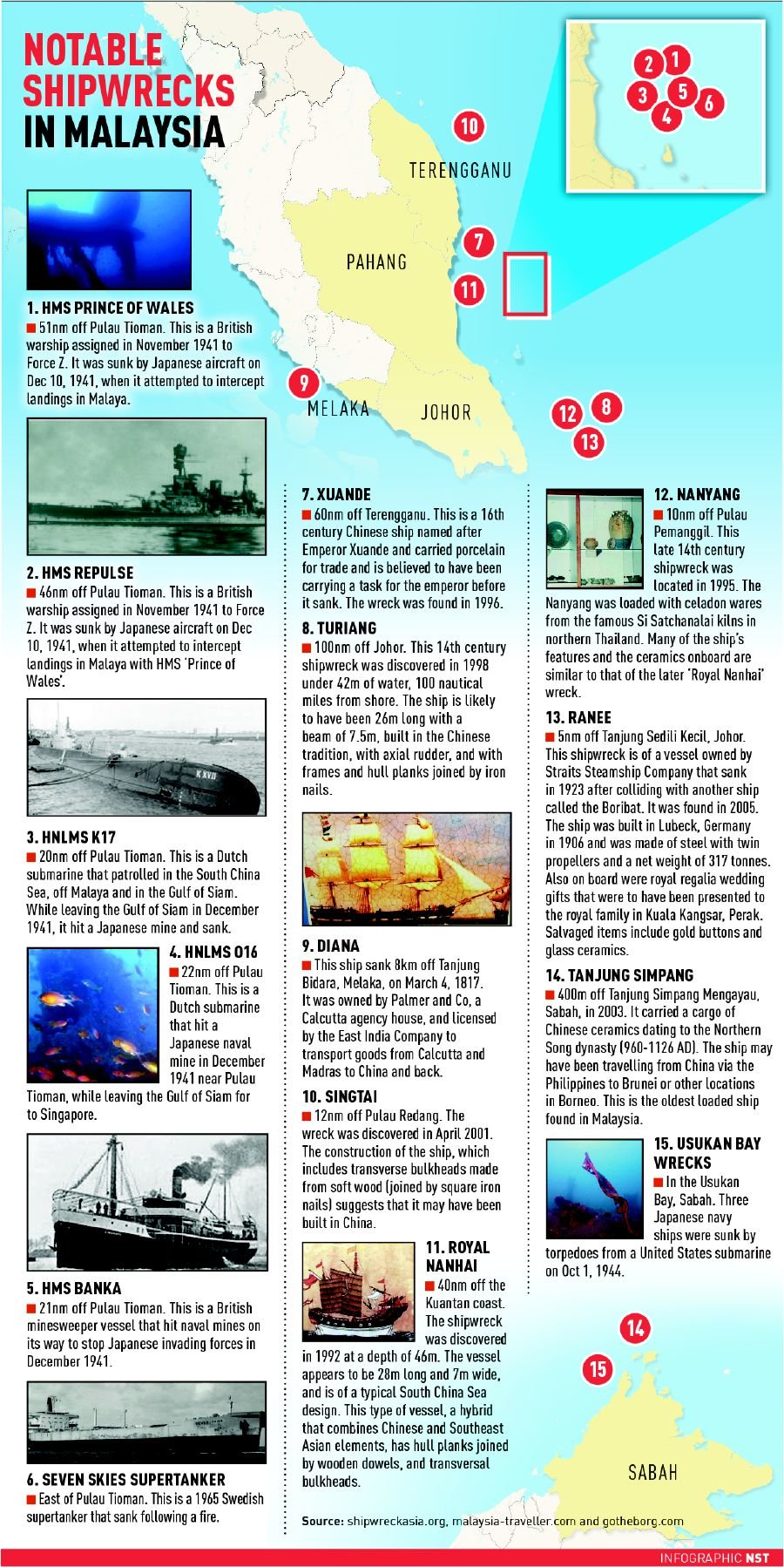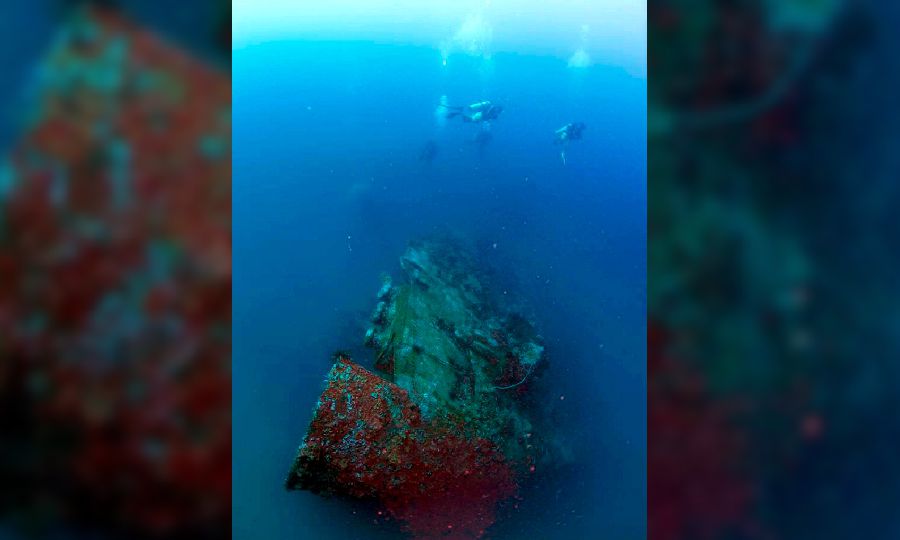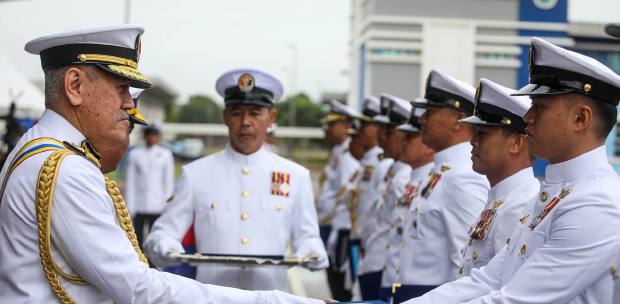KUALA LUMPUR: The looting of two World War 2 British warship wrecks underscores the need to protect and conserve other shipwrecks in Malaysian waters.
Checks online by the New Straits Times showed that there were no fewer than 15 other shipwrecks, ranging from World War 2-era vessels all the way back to those from the 15th century.
The HMS Repulse and the HMS Prince of Wales are among the more well known.
The two vessels sank on Dec 10, 1941, off Pulau Tioman when they attempted to intercept Japanese landings in Malaya.
Also located near the two vessels are two Dutch submarines, HNLMS K17 and HNLMS O16, situated about 20 nautical miles off Pulau Tioman. The two submarines sank after hitting a naval mine in December 1941.
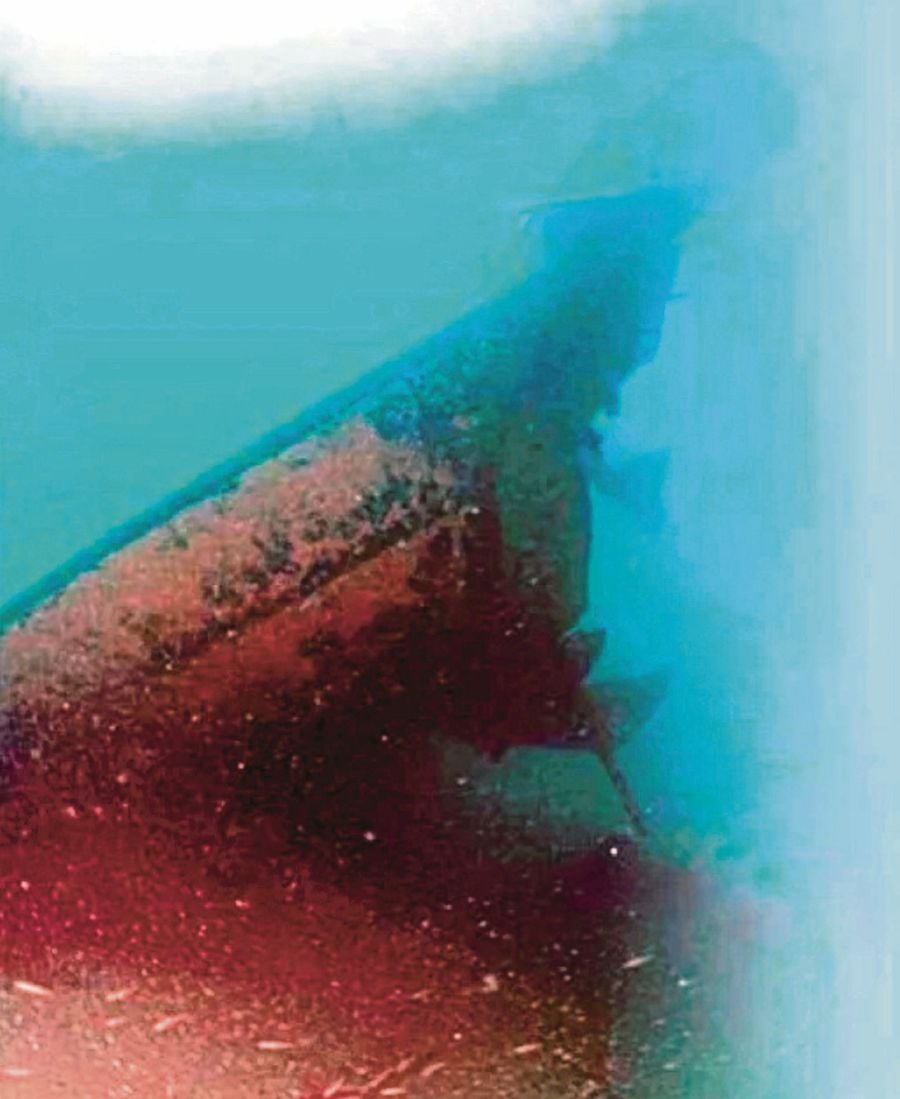
Going back further, the Diana, a merchant ship licensed by the East India Company, sank off Tanjung Bidara, Melaka, in March, 1817, after hitting a shoal.
Meanwhile, some 40 nautical miles off the coast of Kuantan lies the remains of the Royal Nanhai, a Siamese junk vessel that sank in 1460 with its large cargo of Chinese porcelains.
Discovered in 1992, its cargo reportedly had included more than 21,000 ceramics, most of which were Thai Sawankhalok celadon, along with Singburi storage jars and Chinese brown ware.
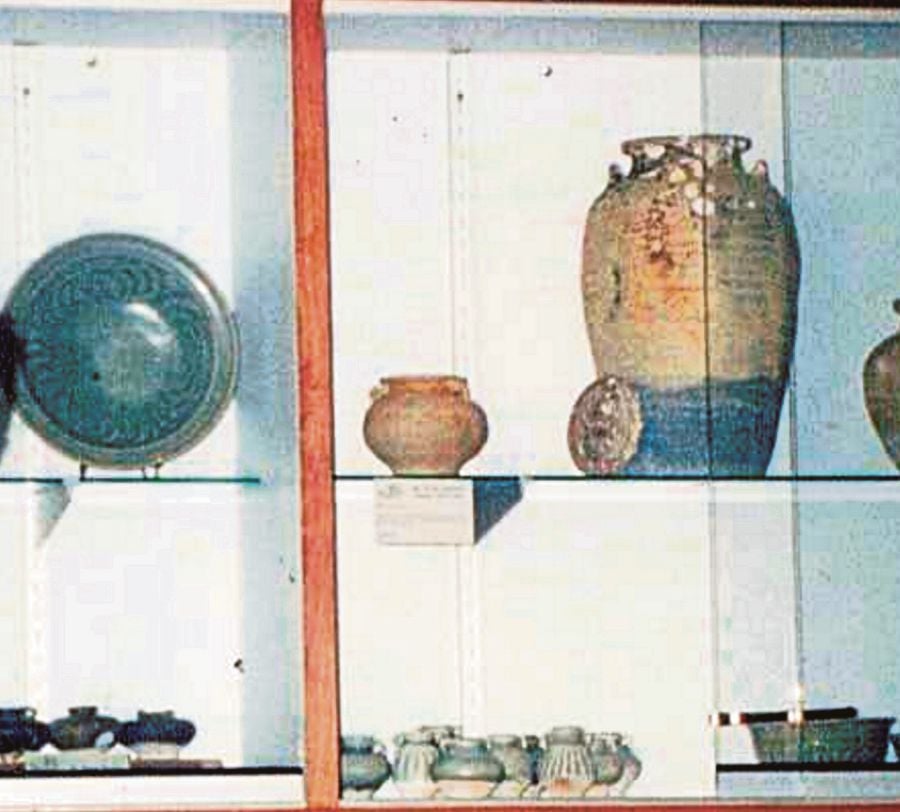
In Sabah, 0.21 nautical miles off Tanjung Simpang Mengayau, the Tanjung Simpang wreck was unearthed in 2003.
The vessel, with its cargo of ceramics dating to the Northern Song dynasty, is believed to be one of the oldest Chinese vessels found in Malaysian waters.
Also of significance is the Ranee wreck, a vessel owned by the Straits Steamship Company that sank five nautical miles off Tanjung Sedili Kecil, Johor, in 1923 after colliding with another ship called the Boribat.
Going down with it were reportedly royal regalia wedding gifts that were to have been presented to the royal family in Kuala Kangsar, Perak.
The National Heritage Department, when contacted by the New Straits Times, acknowledged that the wreck sites were at risk of being exposed to plundering and illegal relic-finding.
The department, however, said it had taken measures to deal with the illicit activities by instating five important underwater heritage areas.
"In accordance with the provisions of Section 64, Act 645 on protected zones, we have established five underwater heritage areas over the waters off Pulau Upeh and Pulau Besar, Tanjung Tuan, Pulau Tioman, Labuan and Pulau Bidong.
"The existence of these areas is meant to protect, care, conserve and preserve the treasures of underwater heritage found in the area."
But experts believe that more must be done to beef up the legal framework to protect the country's underwater historical heritage.
Geostrategist Associate Professor Dr Azmi Hassan said Malaysia did not ratify the 2001 Unesco Convention on the Protection of the Underwater Cultural Heritage.

"I believe the reason Malaysia did not ratify the convention is because the country places a low priority on protecting its underwater heritage."
He also believed that the reluctance to ratify it was because it would require the subsequent amendment of local laws.
"The National Heritage Act 2005 mentions only the coverage of shipwrecks in Malaysian waters, which extends to 12 nautical miles from the coast.
"The loophole is that some of these wrecks, in this case, the looting of the HMS Prince of Wales and HMS Repulse, took place in the country's exclusive economic zone, which is not covered."
Former Museums Department director-general Datuk Ibrahim Ismail said the remaining wrecks were at risk if the authorities did not take action to boost conservation and protection.

"These wrecks are at risk of being looted. We are not the only ones with experts on these heritage artifacts.
"The looters also have their own experts who can identify the value of each shipwreck.
"The authorities need to initiate a plan to control and ensure these relics are not looted."
He said an inter-agency task force should enforce and monitor the waters around shipwrecks for illegal activities.
"The task of making sure that these wreck sites are free from looters should not just fall on the Heritage Department as each wreck site has different sets of logistic and manpower needs.
"An inter-agency task force should be established between the National Heritage Department, Marine Department, Malaysia Maritime Enforcement Agency, navy and police to ensure that these sites are secure."
Ibrahim said educating the public was also key.
"These wreck sites also present Malaysia's rich history, so their significance should be highlighted to the public.
"When people know about the sites' significance, they will also be the eyes and ears of the authorities should they see looting at the sites."
On May 28, the authorities had detained a Chinese barge, MV Chuan Hong 68, for anchoring illegally in Malaysian waters.
Checks on the vessel unearthed scores of artefacts as well as unexploded artillery, believed to be from the HMS Repulse and HMS Prince of Wales.
Sources had claimed that the Chinese vessel was also responsible for looting 90 per cent of other World War 2 shipwrecks in the region.
The barge, fitted with a grab dredger, is allegedly wanted by the Indonesian authorities for plundering the remains of Dutch warships HNLMS De Ruyter, HNLMS Java and HNLMS Kortenaer in the Java Sea.
Its activities came to light when the operator of a scrapyard in Tanjung Belungkor shared a video allegedly showing the vessel unloading artefacts from looted warships, including a cannon. The video alerted the National Heritage Department, whose officers raided the private jetty and scrapyard.
There, they found relics and scrap metal believed to be from the HMS Prince of Wales.
The British government has condemned the salvaging, saying it desecrated the resting place of those who served on the warships.
The crew of 32, including its captain, have since been detained by the authorities.
The authorities are also probing the possible involvement of a Malaysian company in the activities following the discovery of a Malaysian shipping company employee, 67, on board the vessel.
